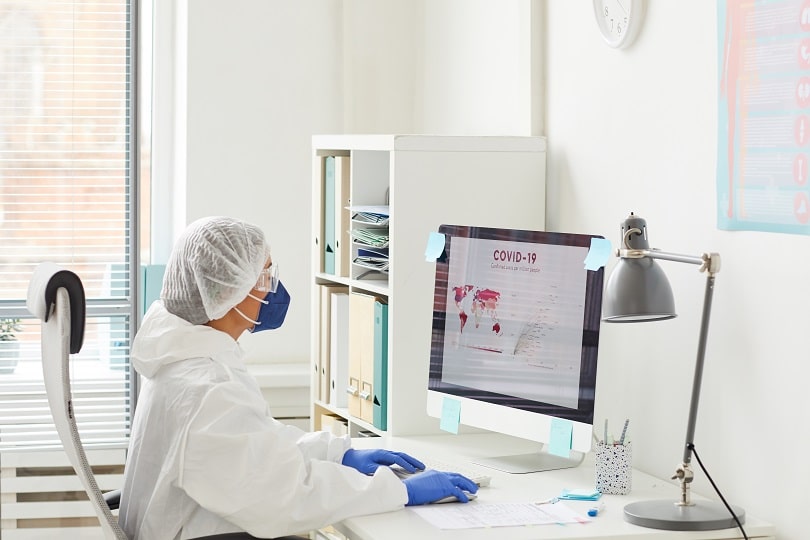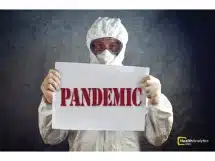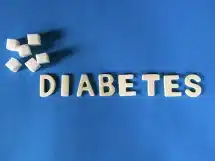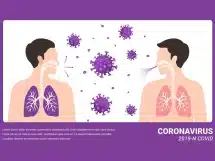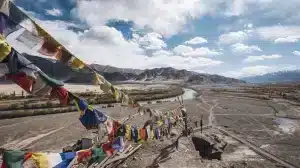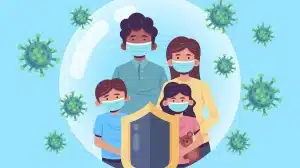Almost a year into the pandemic, there are still major gaps in people’s understanding of the novel coronavirus. Are we to live in a constant state of fear and uncertainty? Better knowledge of science can save humanity and nature.
By Dr. Rohini Karandikar
From naming the virus to tracing its artificial and intentional origins, several theories on the novel coronavirus were put forth within weeks of the COVID-19 outbreak. People – most, without enough understanding of what viruses are – entered a race of spinning ‘seemingly believable’ conspiracy theories. Needless to say, none of the theories were backed by any evidence.
Several scientists did their best to prove the natural origins of the virus with proper evidence, but the battle is far from over with the conspiracy theorists. On the other hand, “it is just a flu” belief led many people, especially leaders, to give little importance to the impact of COVID-19 on public healthcare.
Decoding & debating
A deeper understanding of the characteristics of the novel coronavirus can easily explain the difference between seasonal flu and COVID-19. It is important to remember that similarity in symptoms does not indicate the similarity of disease and causative agents. High fever, runny nose, cough are all the actions of our immune system at work to eliminate the pathogen. In the case of COVID-19, the infection spreads quickly and can be fatal for some. Therefore, isolation is important.
Several countries imposed lockdowns to contain the spread of the virus. As news started pouring in about the effectiveness of lockdowns and masks in many places, it helped slow down the spread of infections. Whether or not to wear a mask was soon sorted out, as most people understood that there couldn’t be a better, cheaper, and easier way to keep the novel coronavirus in check until a vaccine is found.
Sadly, ‘evidence’ is something that is not considered very important when it comes to public understanding of science. We live in a world where “two sides” of every well-established fact are debated. If ‘flat-Earthers’ exist in huge numbers today, we are certainly going to have ‘anti-maskers’ ready with their arguments of how “masks cause our own CO2 to be inhaled”, “masks go against our freedom to breathe”, etc. Never mind the anti-masker who got infected with COVID-19 or lost a dear one. Some of them also tried convincing other anti-maskers to change their behaviour. Alas, some things are tough to change!
It is not just the anti-maskers, the “below the nose” and “around the neck” masking practices are equally risky in spreading the infection. Again, a simple understanding that the mouth and nose are connected to the respiratory tract and that the novel coronavirus infects the respiratory tract can help educate people about the importance of wearing the mask the right way.
Trapped in false narratives
As the infection started gaining a foothold in India, social media got flooded with messages about ‘natural products and immunity boosters’ that helped prevent COVID-19. When leaders of a country promote such ‘immunity boosting’ products, people are more likely to get trapped in the false narratives and healing powers of these products. Incidentally, in India, several leaders and celebrities who peddled the ‘preventive effect’ of papads, cow urine, mud, and Arsenicum Album D30 eventually got infected with COVID-19.
Why then, do people still believe these false claims? Everyone seems to know ‘someone’ who tried ‘immunity boosters’ and never got infected, despite not wearing a mask. Does that mean ‘immunity boosters’ work? When it comes to the human body and infections, one size doesn’t fit all. Every person, according to his/her age, gender, comorbidities responds differently.
Secondly, any preventive or cure for a disease is rigorously tested in laboratories, on animals, and in humans in trials called ‘randomised clinical trials’. Whether such rigorous tests are done on our ‘immunity boosters’ is a question that needs to be asked. “How does it work, how was it tested? Do we have enough data to prove its efficacy?” are some simple questions anyone should ask before getting carried away by the ‘healing properties’ of any supposed cure. It is important to remember that ‘being natural’ doesn’t mean it is safe. Aren’t snake venom and poison ivy natural?
What is then a possible way to stay safe from the infection, until we get a vaccine? Are we to live in a constant state of fear and uncertainty? No! There is growing evidence to show that masks, even simple fabric masks, work. These are eco-friendly, too!
The way forward
Almost a year into the pandemic, there are still major gaps in people’s understanding of the novel coronavirus and COVID-19. As scientists unravel the mysteries of this virus, journalists are trying to communicate the details to the general public and policymakers. Writing about a new virus and disease, for a journalist without scientific background is not an easy task. This, added with the pressure of publishing news quickly, has fuelled major misunderstanding among the public.
For instance, a news article with the headline “Green signal for the vaccine!” led people to believe that a vaccine has been approved and will be soon launched. However, the same article, in its main body mentioned that “the vaccine had cleared phase 1 of clinical trials and was approved for phase 2”. The headline instilled a false sense of security, which could lead many to lower the guard on precautions like masking, distancing, and hygiene. We must also consider the fact that not everyone reads the complete article. Often, people just get carried away by headlines.
Scientists, journalists, and science writers need to ensure that any progress is reported with the utmost care. All over the world, doctors, scientists, science communicators, and fact-checkers are doing their best to debunk myths and educate the public. Our fight against misinformation is ongoing, but has come at a huge cost – so many people got infected due to misinformation and some also lost their loved ones.
“Worst is yet to happen” is what we are being reminded of time and again. Whether this is the worst, we do not know yet. However, a better understanding of science will only save humanity and nature. We need more leaders who value science and can work to improve the public understanding of science for the well-being of the people. Only when we demand evidence-based policies, education, and research will we be able to put up a strong fight against adversities such as COVID-19.
(The author is a science educator and member of the First Check as well as the Indian Scientists’ Response to COVID-19 team, with the Hoaxbusters’ group.)



